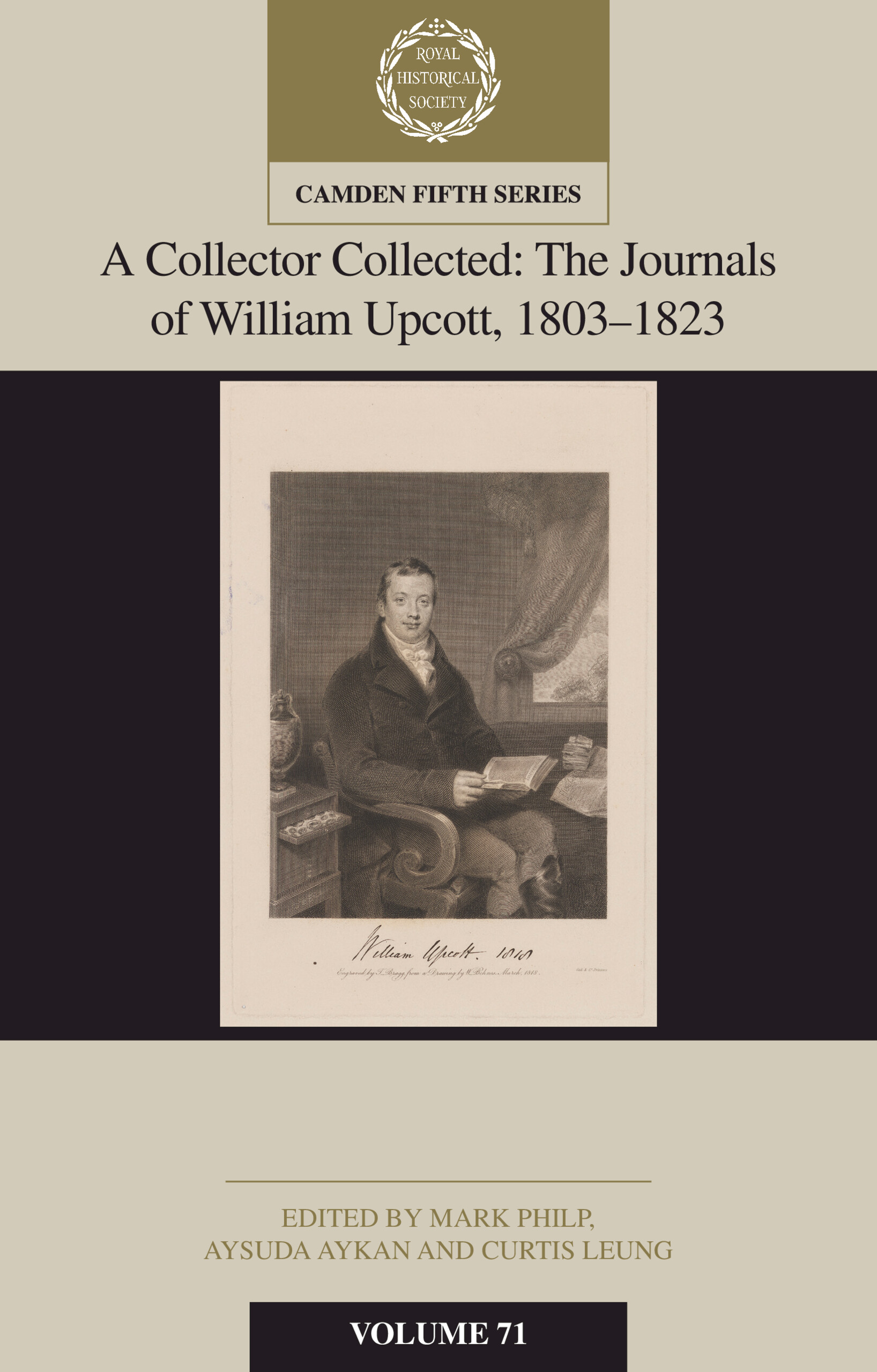No CrossRef data available.
Article contents
SECTION C: GIBRALTAR
Published online by Cambridge University Press: 29 December 2014
Extract
‘Status of Gibraltar’, c.1965
- Type
- Research Article
- Information
- Royal Historical Society Camden Fifth Series , Volume 46: CONSTITUTION-MAKER: SELECTED WRITINGS OF SIR IVOR JENNINGS , December 2014 , pp. 49 - 55
- Copyright
- Copyright © Royal Historical Society 2014
References
1 The treaty established after the War of the Spanish Succession resulting from the death of Charles II of Spain in 1700. Among other details affecting the balance of power in Europe, the Treaty of Utrecht ceded control of Gibraltar from Spain to Britain.
2 Military commander in the service of the Habsburgs.
3 The Scottish general David Colyear, Earl of Portmore. Portmore officially became Governor in 1713.
4 Calvin's Case (1608) 7 Co. Rep. 1.
5 The change occurred after the Acts of Union, 1707, which created Great Britain through the union of Scotland and England.
6 This delivered further internal self-government and was objected to by Spain.
7 This Act confirmed that legislation passed in colonial legislatures had full effect unless ‘repugnant’ and in contradiction to any Act of the British Parliament that covered the colony.
8 Campbell v. Hall [1774] EngR 5; 1774 1 Cowp 204; 98 ER 1045.
9 Forsyth, William, Cases and Opinions on Constitutional Law: and various points of English jurisprudence, collected and digested from official documents and other sources; with notes (London, 1869)Google Scholar.
10 ‘Things standing thus’: a legal principle that treaties lose effect when conditions have fundamentally changed.


